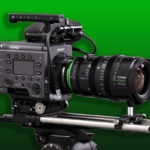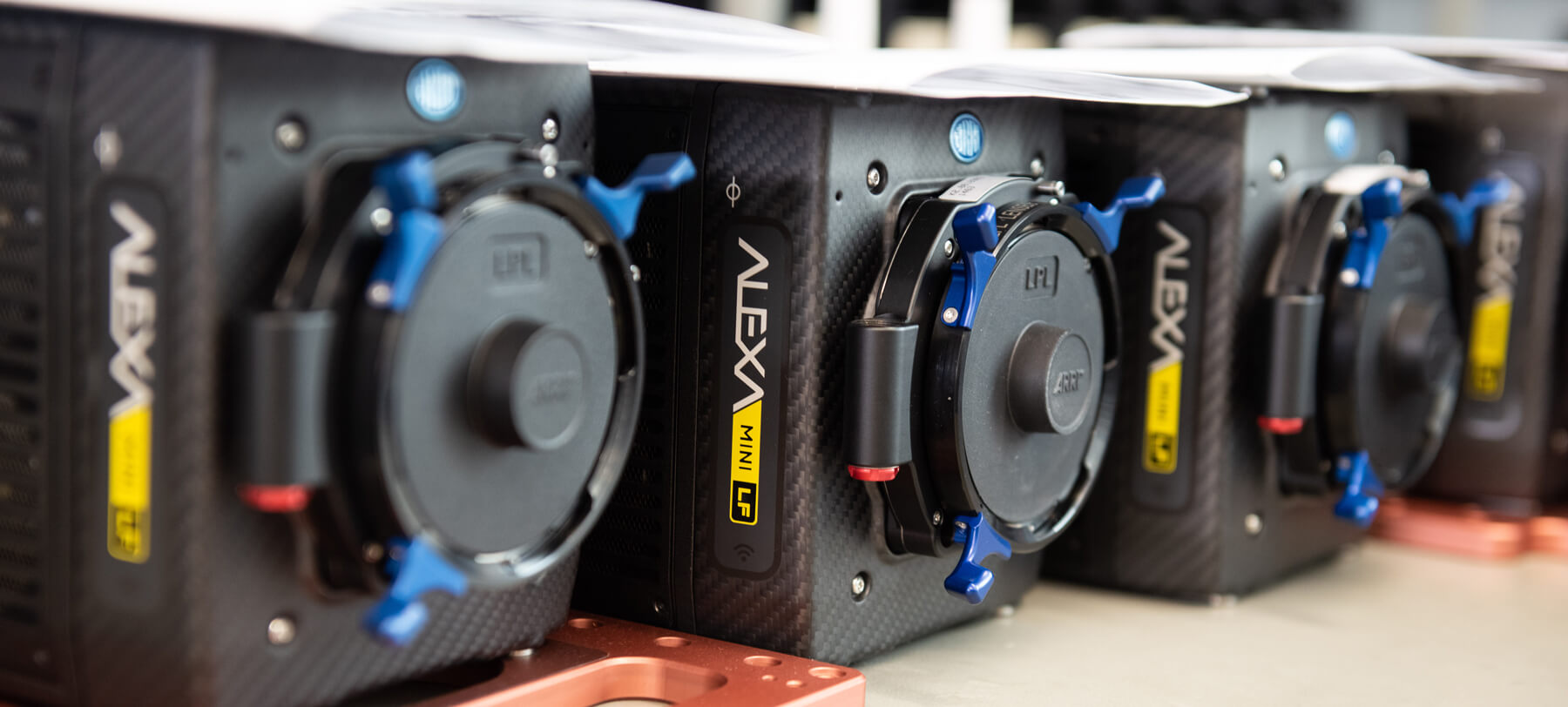
Beyond 4K
Posted on Dec 23, 2020
The tech accelerating 6K and 8K workflows, from capture to delivery.
Words Phil Rhodes / pictures various
The question of resolution in drama production goes back more than 20 years. It had long been clear that replacing film would require at least HD video – and ideally, a bit more than that. The idea of HD goes back at least another 30 years, to the analogue systems of the early eighties, but progress in the 21st century has been meteoric. With commercial broadcasters increasingly demanding 4K delivery, there’s a reason to acquire even more pixels, and manufacturers have responded by making beyond-HD acquisition relatively straightforward.
The cameras
At least, that’s true if we take ‘straightforward’ to mean using conventional lenses. Red’s Helium was an early example, Kinefinity has a 6K MAVO, and Blackmagic now has its Ursa Mini Pro 12K option, all of which offer more than 4K on sensors sized for conventional Super 35 glass. The 12K is still fairly new and hard to summarise, but it’s already been out on a spot for Kia Motors, directed by Glenn F Clements and photographed by Vance Burberry.
As much as it’s convenient to be able to use well-established, well-liked Super 35 glass to shoot high-resolution material, packing so many pixels into a given space means compromise is going to be inevitable. Clever noise-management techniques are a key part of more or less every modern camera, but for people who are not prepared to make any such compromise, larger sensors are the answer.

That’s certainly Arri’s preferred answer, in the absence of the higher-resolution Super 35 camera that it has hinted at previously. For now, beyond-4K resolutions require recourse to the Alexa LF, a 4.5K camera, or to go significantly beyond 4K, the Alexa 65, with its titanic 6560×3100 imager. The sheer physical size of the A3X sensor in the Alexa 65 – around 54mm across – demands lenses based on large format stills glass or made for 65mm film origination. This includes the company’s own Prime DNA, Prime 65 and Vintage 765 ranges, or the Leitz Thalia.
Not to be left out, Red’s collaboration with Panavision on the DXL2 offers us another option from the old-established part of the film industry, with a full 8192 photosites across its 41mm-wide sensor. Given Panavision’s long-established enthusiasm for lens development, it’s no surprise to find that the company offers no fewer than 11 series of large format lenses. These range from the System 65 series built, like Arri’s Vintage 765, for 65mm film origination, all the way through to the Primo 70 lenses, with built-in focus motors, metadata encoding, and cleanliness intended to keep aberration out of the way of high-resolution images.
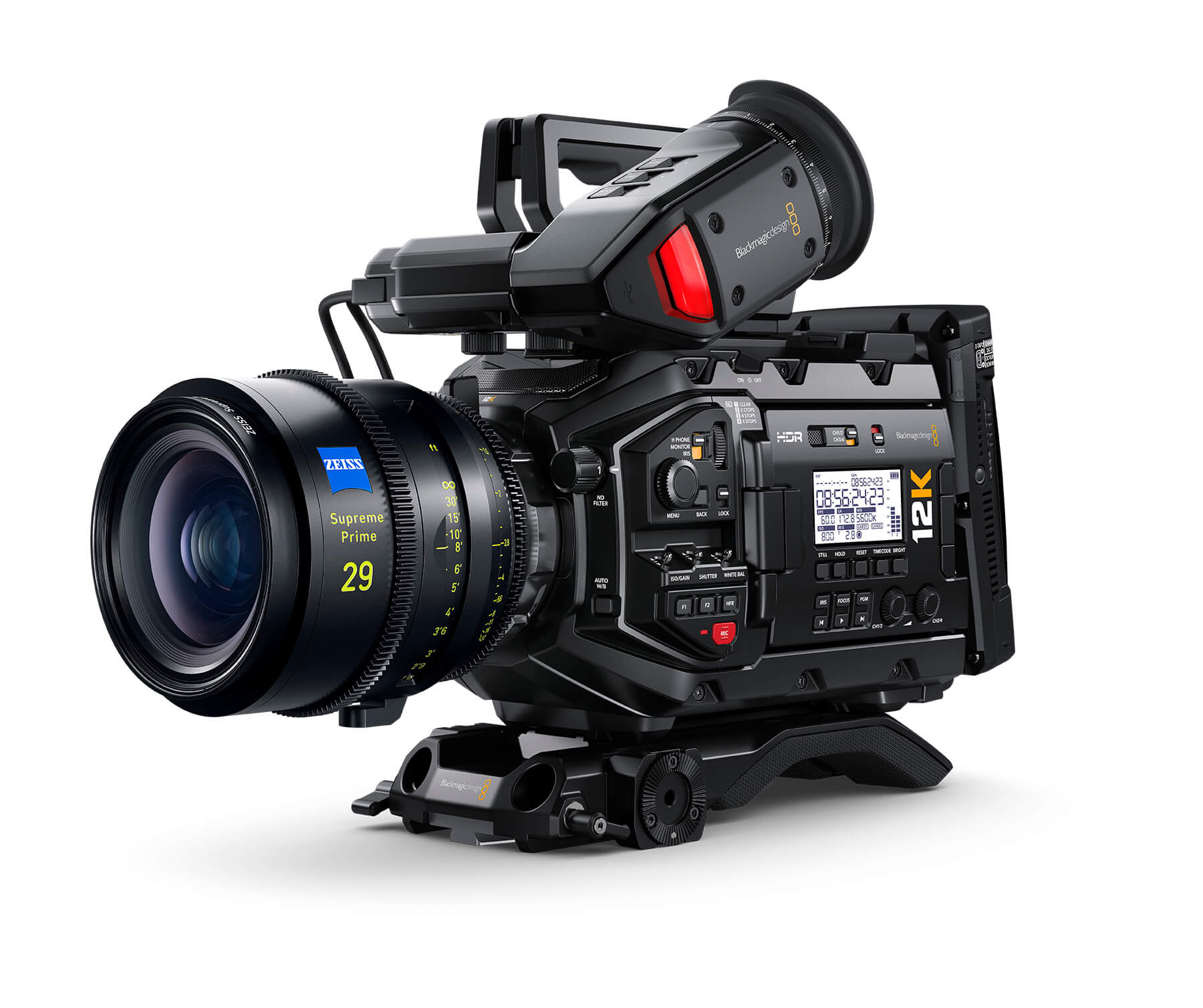
Similar things are possible outside the Panavision ecosystem, courtesy of Red’s own Monstro 8K VV, which may share some technological lineage with the DXL2. Big-chip options continue with Sony’s Venice, which has a 6K full-frame sensor, and Kinefinity pops up again with the MAVO Edge, boasting a generous 3:2 aspect ratio sensor capable of 75fps at 8K.
Someone with a particular reason to be interested in these cameras is Peter Chang of Golden Gate 3D, whose production history includes the famous Venice launch footage (yes, shot in Venice) and what he calls “a number of giant-screen films”. He explains: “They were all designed for large format IMAX screens, so there was an emphasis on resolution.” Chang’s recent production is entitled Cuba. It was produced by his company in association with BBC Earth, Giant Screen Films and the Giant Dome Theatre Consortium and, to make it, they used more or less every tool in the box. “We shot on all the Red cameras going back to the Dragon, the VistaVision 8K camera, Helium and the 8K Monstro. We had the Sony F65, F55, the Phantom Flex 4K, Alexa 65, and the LF. And those are just the live-action cameras,” says Chang. “We also had a bunch of time-lapse cameras – the Nikon D810, D850 and the Sony A7R series. Resolution is always our priority, unless there’s a camera that can do something that other things can’t.”
Though, it isn’t solely about numbers. “8K would be great,” Chang continues, “but it’s also about higher frame rates. My understanding is that the Blackmagic 12K will do 8K at 120 frames per second. One of the most demanding types of shots for the IMAX formats are aerials, and it’ll be exciting to see what that 12K camera can do when we put it up in the air, and you can record for more than a minute and a half at a time!” But focus pullers might be blanching slightly at the idea of keeping things sharp on a format intended to replace 15-perf 65mm, which has been described as resolving 15 to 18K, and Chang confirms that challenges for a crew can be extreme. “In post, sometimes, we’ll have a shot that’s in focus all the way up to 4K, and then you go beyond and put it on a 100-foot IMAX screen and it’s not any more,” he says.
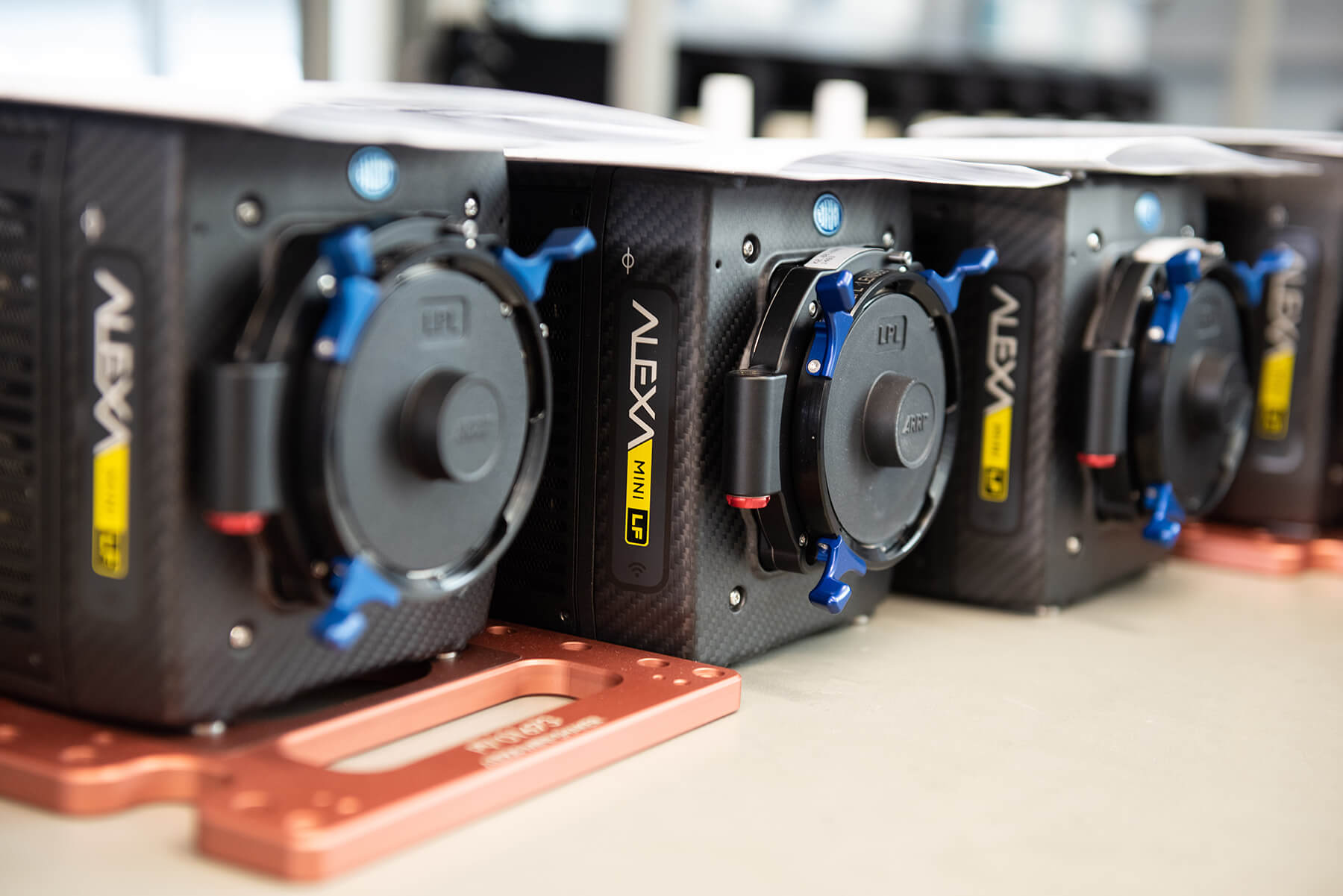
Lens resolution
Keeping things in focus is one thing; choosing lenses capable of satisfying such high-resolution sensors is another. Relating lens resolution to sensor resolution isn’t always an exact science, with concerns of contrast and chromatic aberration key, but Fujifilm’s Marc Cattrall is confident that “pixel resolution and lens resolution do work together”. He elaborates: “We tend to measure them by projecting light through the lenses and then measuring the accuracy of the image produced. A lens that can project 200 line pairs per inch will be able to resolve around 22K on to a sensor. That means all of our cinema lenses will easily manage enough line pairs per inch to resolve 8K, even on a Super 35 sensor.”
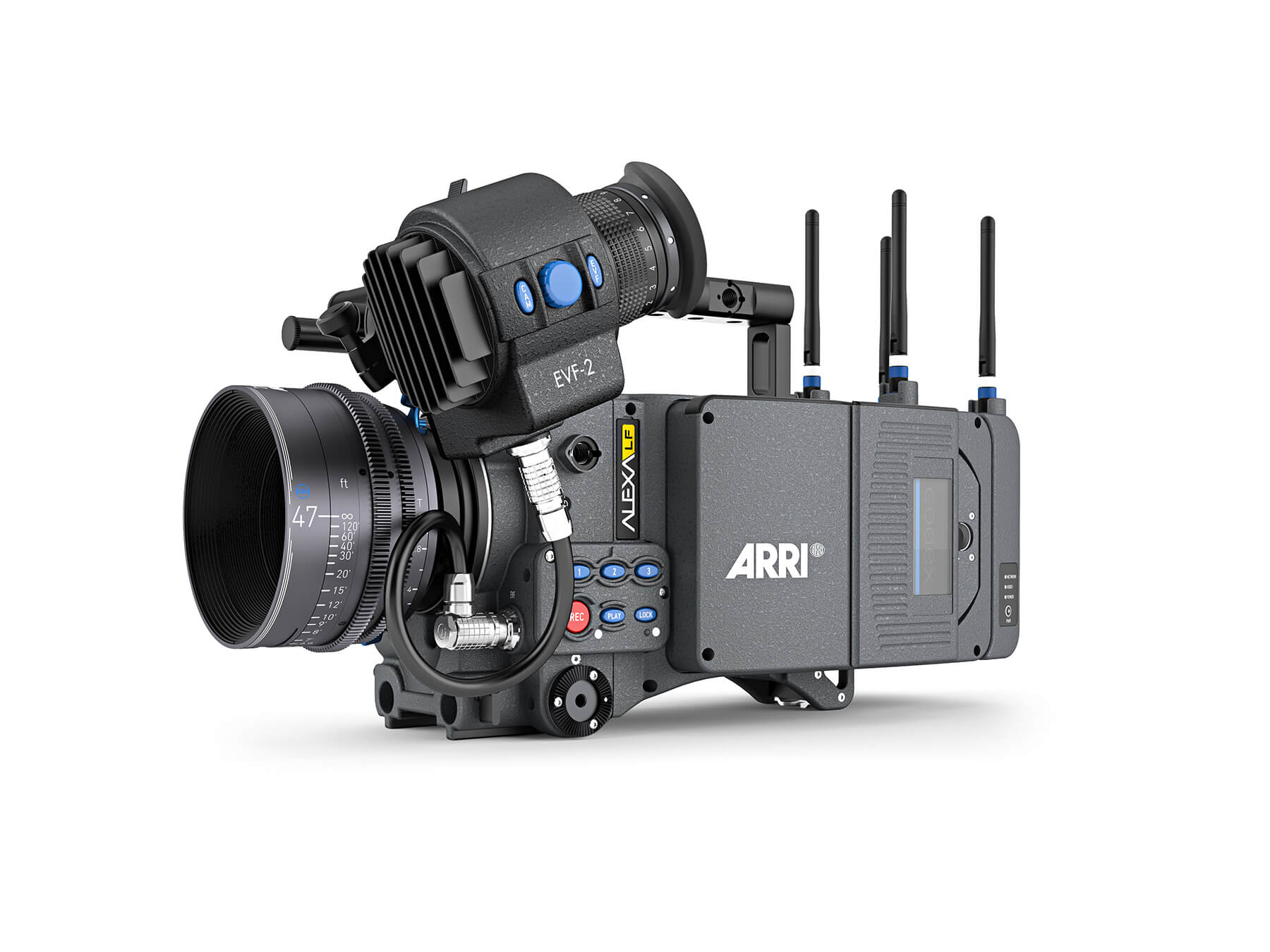
Fujifilm, of course, is in the unusual position of specialising in cinema zooms and has done a lot to dispel the prejudice that zooms inevitably sacrifice quality for convenience. As such, the company has traditionally been less interested in promoting lenses with hugely outspoken optical character, knowing they’ll likely be filtered and graded to match things that bring a specific look. Fujifilm has therefore been less bashful about the pursuit of clarity and sharpness than some manufacturers are.
“All of our Premista lenses – the 19-45, 28-100 and 80-250mm – well and truly out-resolve 8K for the Monstro camera,” assures Marc Cattrall, nonetheless. “Our Premier lenses cover way more than 8K on Super 35, and even when we put a 1.7x adapter on them to make them work on full-frame cameras, they resolved well in excess of 12K.” Even the company’s entry-level zoom, the XK6x20, performs well. “You can pick these up for about ten grand, these days. We tested the resolution to see if it would be good for the Blackmagic 12K, and even this lens resolves around 22K in the middle of the image, dropping to nearer 8K at the edges,” reports Cattrall.
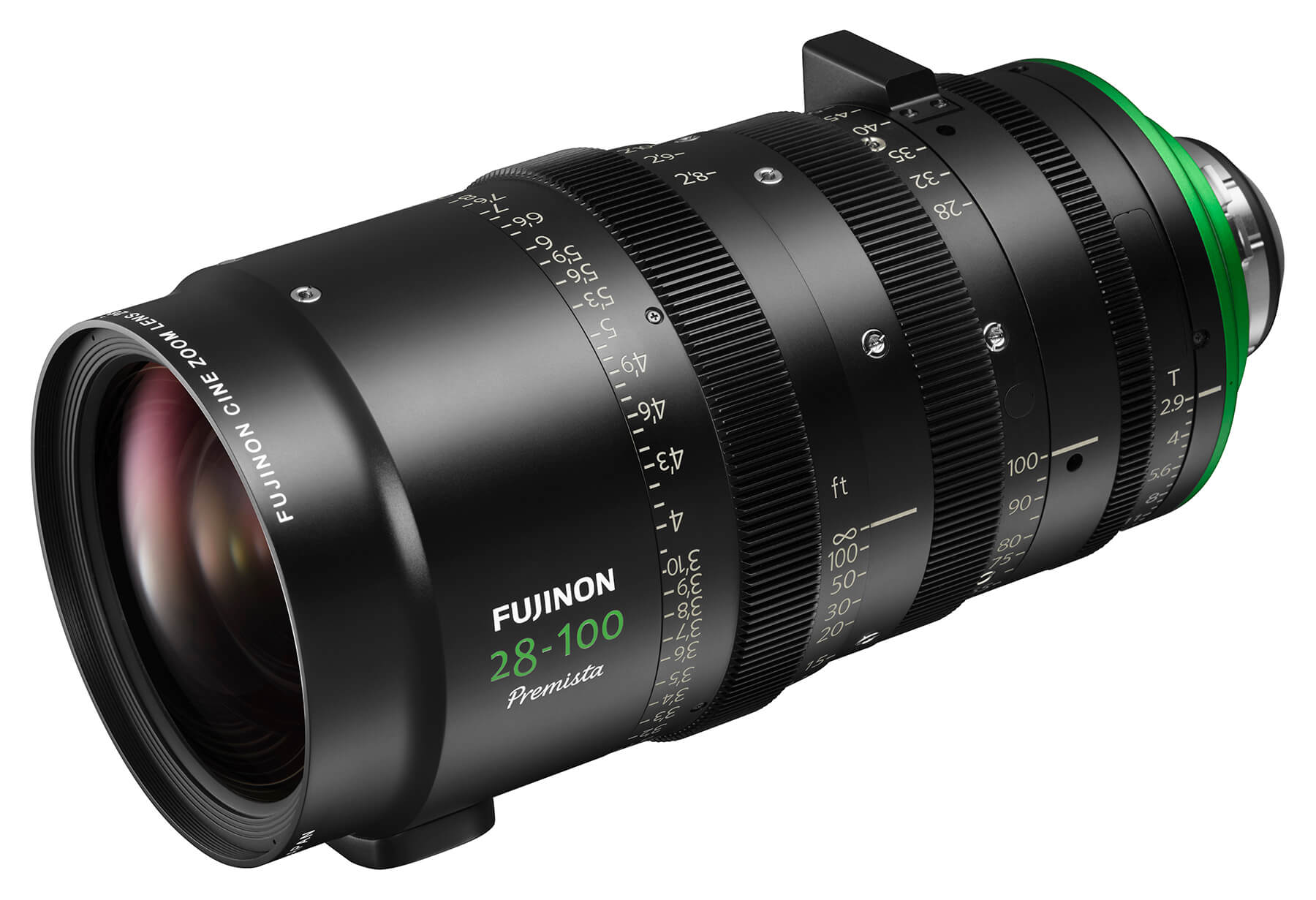
With cameras and lenses very much ready to go, cinematographers have routinely been shooting resolutions significantly beyond 4K simply to make a 4K finish look better, in the same way the original Alexa used a 2.8K area of its sensor to shoot HD. So, shooting high resolution is common. Finishing beyond 4K, though, other than for very specific situations, such as Peter Chang’s giant screen work and the occasional theme park ride, is rare.
Finishing systems
Undaunted, post-production technology seems very much ready to do it. SGO’s Mistika finishing system, which handles everything from editing and audio to paint and grading, exists in its Ultima 8K form to handle 8K material at up to 60fps. The company took an early interest in 360° and VR production – both demanding a very high-resolution workflow – and reports supporting a number of clients, who are regrettably publicity-shy, in the areas of theme park and exhibition work.
8K finishing in conventional film is rarer, although on the feature Two Yellow Lines, colourist David Bernstein, working in Baselight at Roundabout, was asked to finish the trailer in 8K. The request came after people from Samsung viewed a test on a Samsung Onyx LED video display, installed at Roundabout West’s facility in Burbank. The growing application of bright, contrasty LED displays for cinema exhibition is a story for another time, but Bernstein tells us that the original intent was to shoot on the Red Helium and leverage the spare pixels for a better 4K finish. Reflecting on the project, Bernstein describes the production as “an independent, low-budget film”.
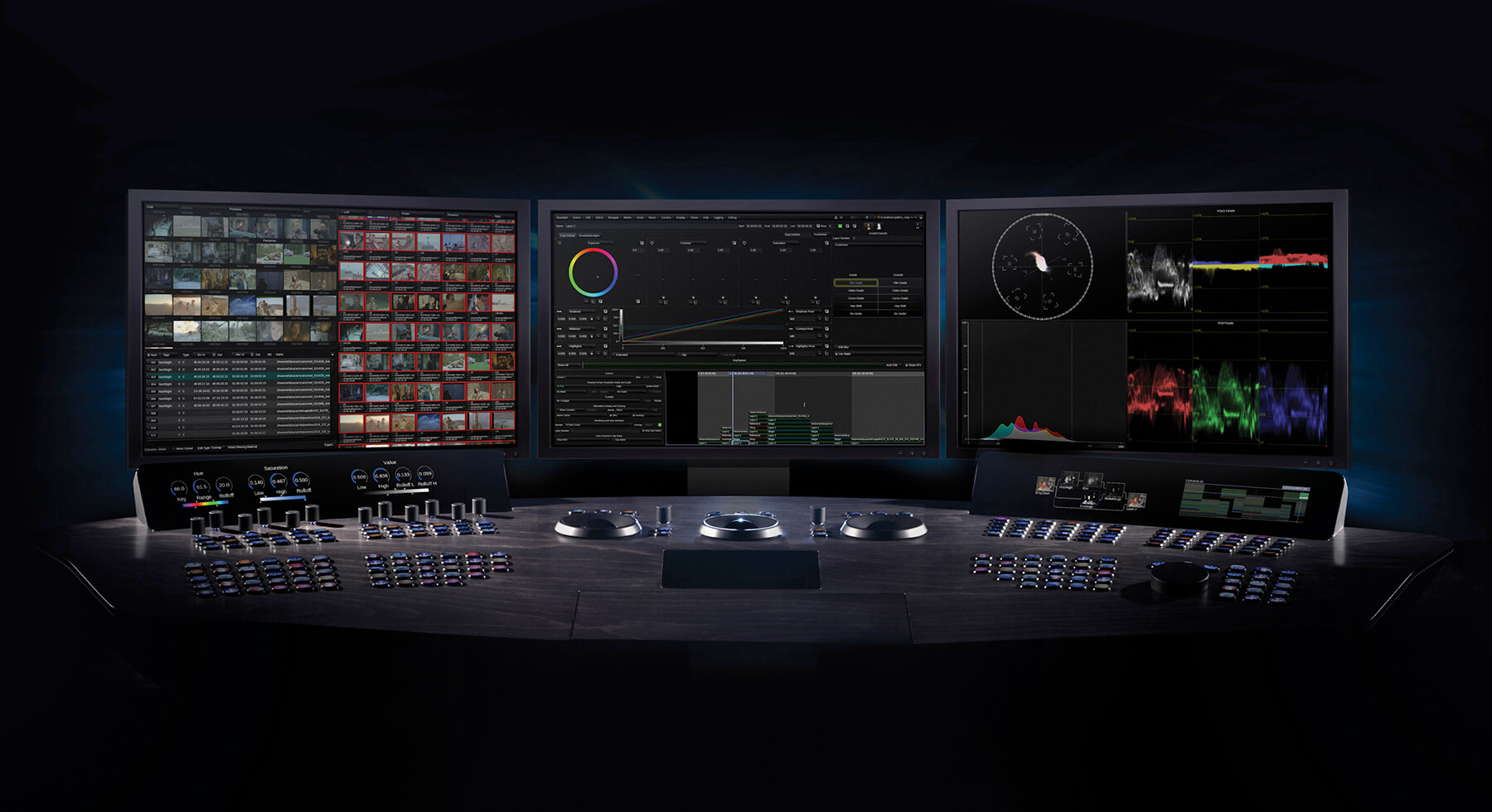
“It came to me via the director and DOP, Derek Bauer,” Bernstein explains. “We previously worked together on a film he shot a few years back, and this is his first directorial effort. I believe the intent was to capture as much detail as possible in the big vistas of Montana, where the film was shot, in order to get a good 4K result by oversampling.
“I introduced the filmmakers to Des Carey [head of Cinematic Innovation] from Samsung,” Bernstein continues, “and we performed a brief demo of the film on the Samsung Onyx screen housed in our facility. That led to a conversation about the 8K Association, which is actively pursuing independent feature content to showcase 8K technology.” Most of Bernstein’s workflow was conventional. “I conformed the project on my Baselight Two system, using the R3D files in their native resolution and colour space as my input source. Initially, my working format in Baselight was 4096×1716 for 2.39 projection.”
Having decided to finish an 8K version of the trailer, Bernstein cut and pasted the shots he needed into a new timeline. “As the trailer was cut from a 4K ProRes render of the film, I had to rebuild it in Baselight using the Raw files,” he explains.
“Since I used an ACES colour journey, I was able to convert the grade into HDR Rec2020 PQ, and Rec. 709 at 2.6 gamma, by switching the ODT. Then, I did a quick trim pass in the new colour space. Grading in HDR was done on a Sony BVM-X300 in 4K; I didn’t have access to an 8K display. After grading, I rendered 7680 by 4320 16- bit TIFFs in Rec. 2020 PQ, matted at 2.39.”
Big delivery
As straightforward as Bernstein makes it sound, the technical demands of handling so many pixels put a load on hardware. Even transporting 8K signals between pieces of equipment can require a bundle of four SDI cables, and capturing or converting those signals might require some new hardware, too. AJA has been quick off the mark with the Kona 5 input-output card, supporting both SDI and HDMI connections, though there is a fairly short list of compatible workstations with sufficient brawn to handle the job. For example, there’s a version of the HDR Image Analyzer with 12G SDI for 8K work. 8K precision reference displays are thin on the ground, but converting between potentially multiple-link SDI and HDMI 2.1, with 8K support, is now possible with the Hi5-12G converter – or even several converters, to handle separated links, simultaneously.
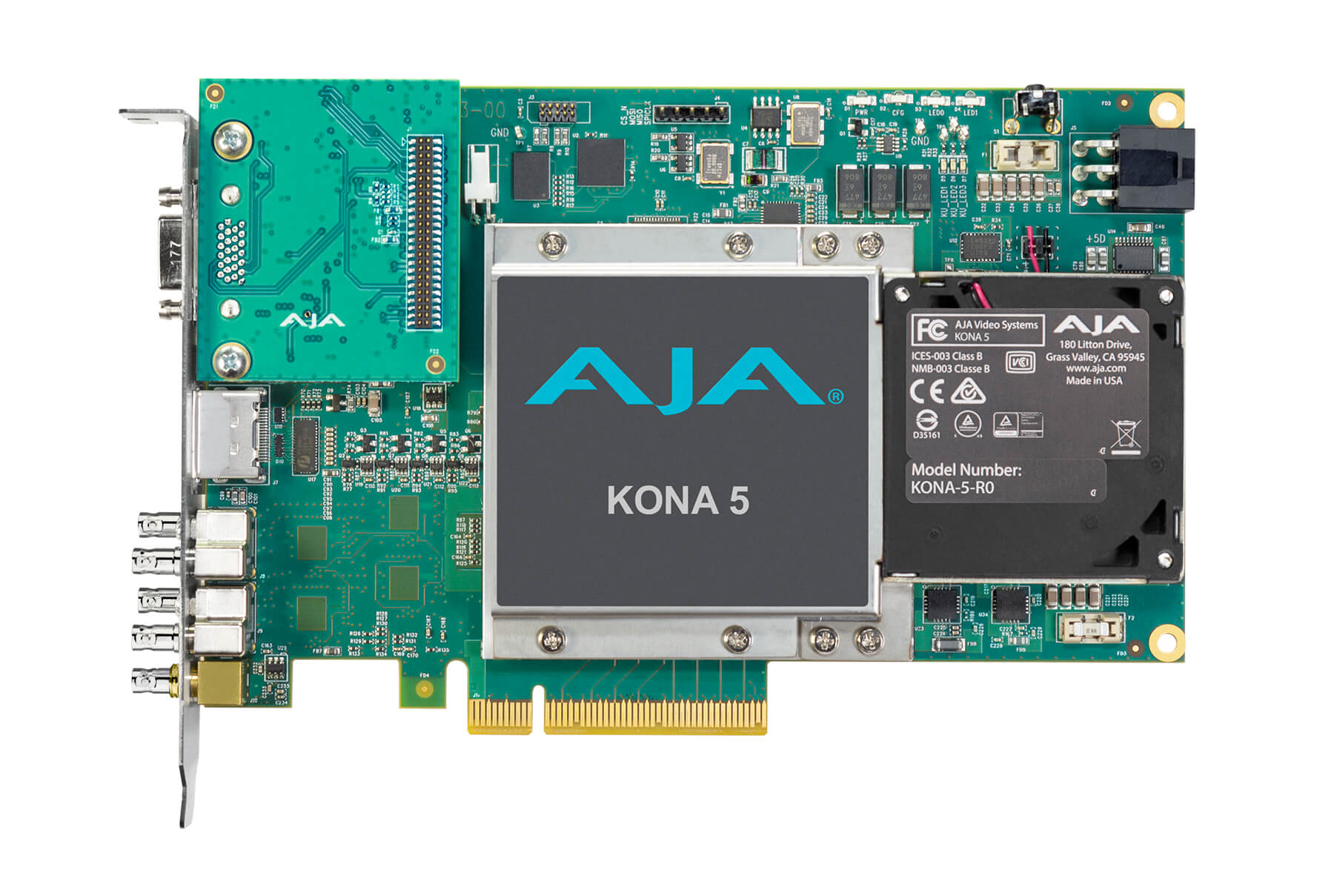
On laptops and workstations, solid state storage has long since made higher performance easier. When the sheer space demands start to test the limits of that kind of approach, though, we can look to companies such as Quantum, which has been supplying serious storage for a while. To date, most have been 4K set-ups, but they give us an idea of the sheer workload. One installation, designed to drive a 4K LED video display at the stadium of the Sacramento Kings basketball team, is expected to handle up to 3Tbs per game for over 41 home games per year, on top of the 50,000 hours of material already at the organisation’s disposal when the system went in.
So, 8K is increasingly possible, and while we may still think of it as a nascent field with a limited number of outlets, it’s also something that has specific use cases that brook no compromise. Whether we’re likely to see an 8K display in every lounge over the next few years is another matter, but it seems quite possible that at least some distributors might start to worry that perhaps, one day, there might be – and if that happens, it’s hard to predict what sort of deliverables might suddenly become the norm.
There’s never been a better time to make good use. Where will your kit go next? Inspire others, make some extra cash and make a difference. Sell your used kit and let someone else love it as much as you have. Make good use of your used gear. Sell yours today at MPB.
This feature originally appeared in the December 2020 issue of Definition.



